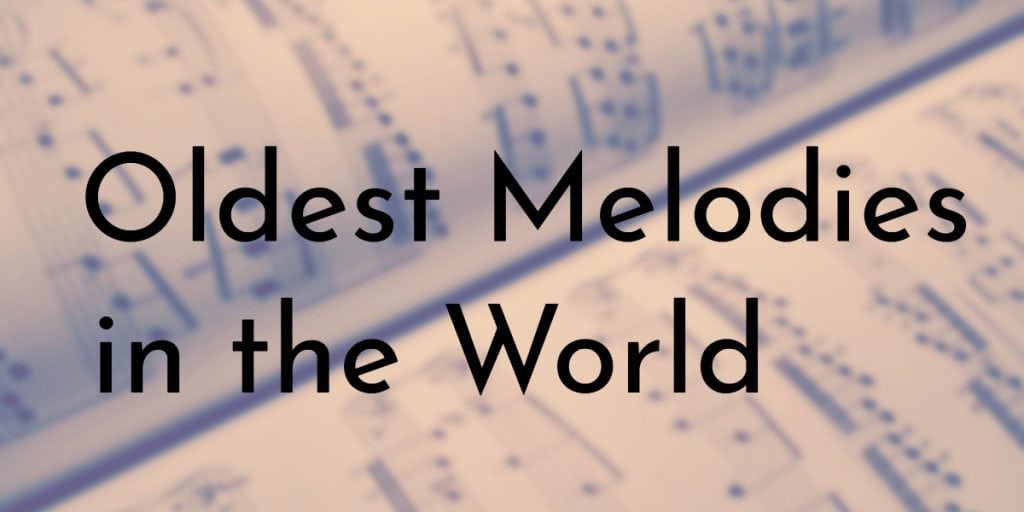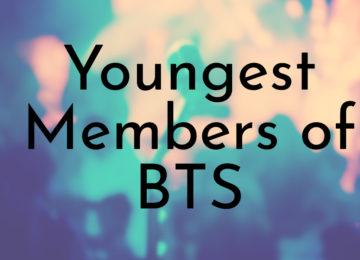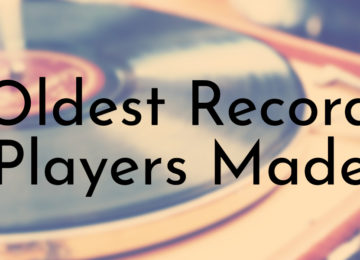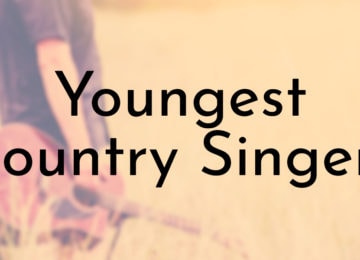While melody and song are often used interchangeably, the melody is the tune of song without the lyrics.
Several of the earliest known songs feature both a melody and lyrics. Although humans have probably been creating music for over 55,000 years, much of these early melodies and songs were passed down orally. Due to this, the oldest existing written music only dates back to around 3,000 years ago.
7. Piano Sonata No. 11 (Mozart)
Year Created: Unknown – possibly c.1778 or c.1783
Country of Origin: Unknown – possibly Paris, France; Vienna, Austria; or Salzburg, Germany
Written By: Wolfgang Amadeus Mozart
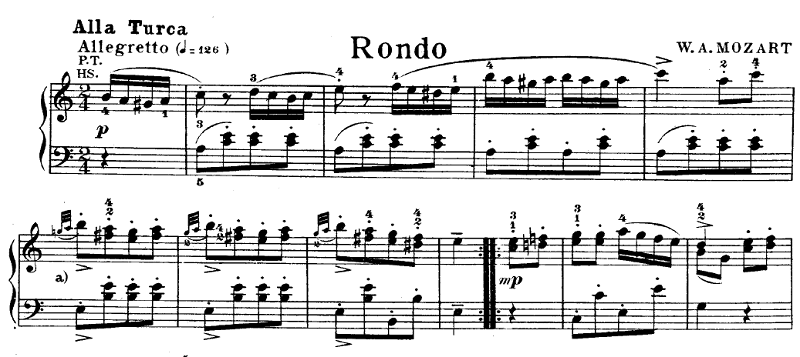
The Piano Sonata No. 11 contains one of Wolfgang Amadeus Mozart’s well-known piano melodies, Rondo Alla turca. No one is certain when or where Mozart first wrote the sonata, but scholars believe it was most likely created around 1783 in either Vienna, Austria or Salzburg, Germany.
The sonata was first publicly published in 1784 by Artaria, one of the most important music publishing firms of the late 18th and 19th centuries. Sonata No. 11 is divided into three movements or parts: Andante grazioso, Menuetto, and Alla turca (which is commonly called the “Turkish Rondo” or “Turkish March”).
6. Toccata and Fugue in D minor
Year Created: c.1704 CE
Country of Origin: Germany
Written By: Johann Sebastian Bach
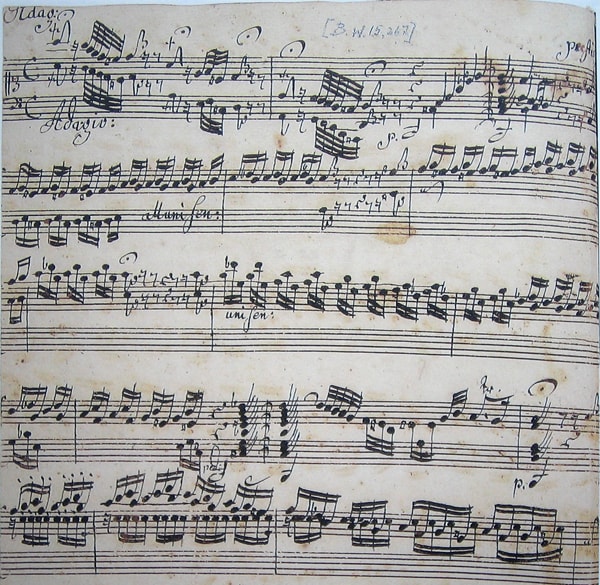
Toccata and Fugue in D minor is one of the most famous pieces of organ music written by Johann Sebastian Bach. The exact date of the piece is unknown, but some scholars say that it dates back to about 1704 when Bach was still a teenager. The oldest existing written copy of the composition is in a manuscript written by Johannes Ringk in the 18th century.
In its early years, the piece was not as popular as some of Bach’s other organ work. Its popularity increased in the 19th century, but the Toccata and Fugue in D minor did not become Bach’s best-known organ music until the 20th century when it was included in Disney’s Fantasia.
5. Robertsbridge Codex
Year Created: c.1360 CE
Country of Origin: Robertsbridge, England
Written By: Unknown – possibly Philippe de Vitry
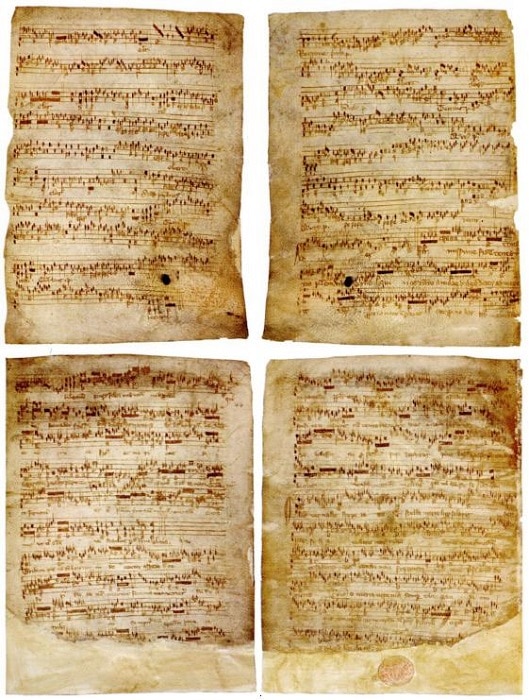
The Robertsbridge Codex, which is actually only two leaves of a larger manuscript, is the oldest collection of music created specifically for a keyboard. It contains six pieces, including three estampies, which was a medieval Italian dance that was popular in the 13th and 14th centuries. Due to the estampies, the codex was thought to have originated from Italy, but modern scholars agree that the piece is English.
The codex is also notable for being the oldest example of German organ tablature. While the codex is not German, the style of its tablature is similar to later pieces only found in Germany. A video uploaded by pianist Alberto Chines shows him playing the music on a modern piano.
4. Jieshi Diao You Lan
Year Created: c. 6th or 7th century CE
Country of Origin: China
Written By: Unknown
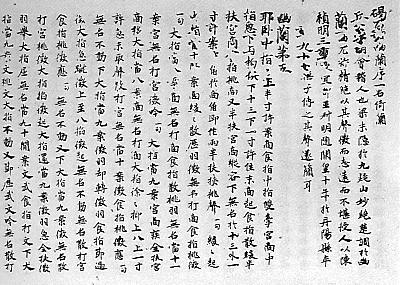
Jieshi Diao You Lan is the oldest known piece of music from the Far East. The melody was specifically written to be played on the guqin, a seven-stringed Chinese musical instrument. It was written sometime during the Tang dynasty and its preface suggests that it may date back to the 6th century.
The original scroll containing the melody is over 4 meters long (13.1 feet) and has been dated by researchers to at least the 7th century. You Lan is the oldest of several early Chinese melodies with a theme of orchids. The title of the piece is based on the story being told of a flower so beautiful it stands out from all others.
3. Seikilos Epitaph
Year Created: c.100 CE
Country of Origin: Ancient Greek town of Tralles (modern-day Turkey)
Written By: Seikilos – possibly to his wife Euterpe
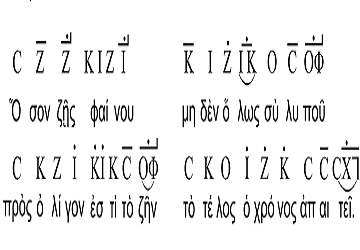
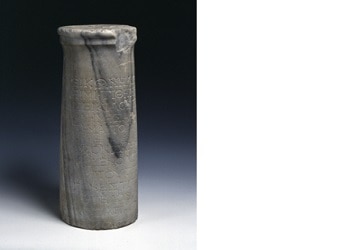
Although Hurrian hymn No. 6 is officially considered the oldest hymn in the world, the Seikilos Epitaph is known as the oldest surviving complete musical composition. The song is written on a marble stele, a type of commemorative funerary marker, by an ancient Greek man named Seikilos. It was possibly a dedication to his wife Euterpe or the Muse of music with the same name.
Above each line of lyrics, there are notations for the the melody of the song. The melody has been reconstructed in modern musical notation, which can be played on modern instruments.
2. Ashir Shirim
Year Created: c.500 BCE
Country of Origin: Ancient Babylonia (modern-day Iraq)
Written By: Unknown
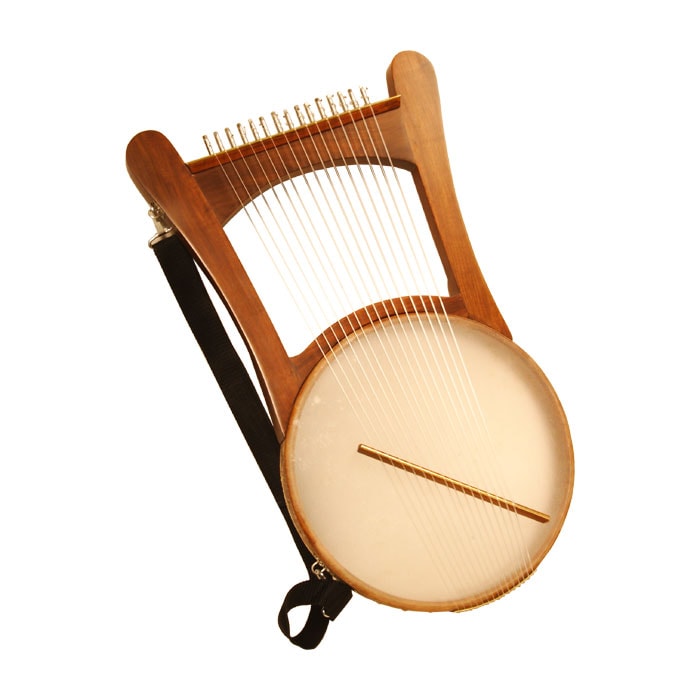
Ashir Shirim, which is known as the Babylonian Jewish wedding song, is another ancient melody. Some researchers believe the melody dates back to around 500 BCE when the Jewish were sent to Babylonia after being exiled from Jerusalem by King Nebuchadrezzar II. It is similar in style to other traditional music created by Babylonian Jews.
The complete song, including both the melody and lyrics, was preserved over a century ago by musicologist A.Z. Idelsohn. Several modern interpretations of the song exist, including one where the melody is played on a replica of the Biblical Lyre known as the Nevel.
1. Hurrian Hymn No. 6
Year Created: c.1400 BCE
Country of Origin: Ancient Amorite-Canaanite city of Ugarit (modern-day northern Syria)
Written By: Unknown
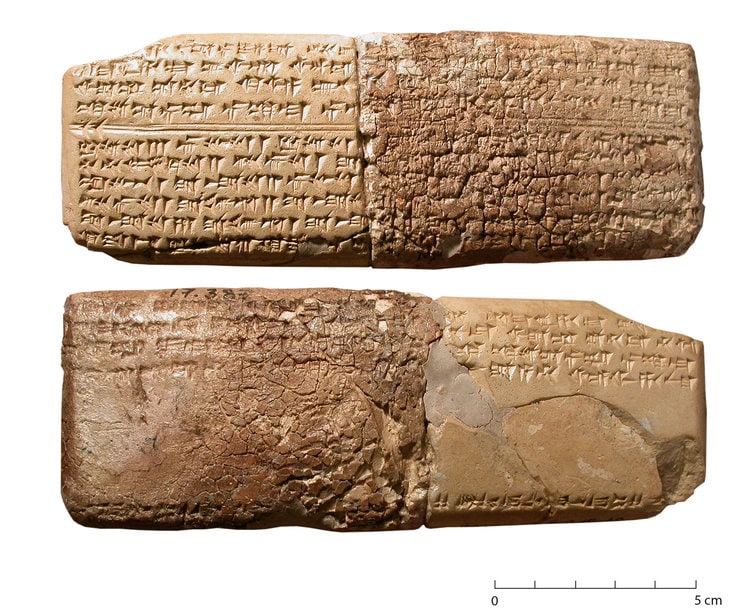
In the 1950s, several clay tablet fragments, dating back to around 1400 BCE, were uncovered from the Royal Palace of Ugarit (modern-day Ras Shamra, Syria). The tablets were written in cuneiform and contain the earliest known written musical notations.
A majority of the tablets are broken, but Hurrian hymn No. 6, also called Hurrian hymn to Nikkal, is nearly complete, making it the oldest existing melody in the world.
In addition to the instructions for the melody to be played on a type of harp called a sammûm, the song has lyrics. The lyrics are dedicated to Nikkal, a Semitic goddess of orchards. The melody has been reconstructed and several videos of the hymn played on a lyre exist online.
OTHER POSTS YOU MAY BE INTERESTED IN


